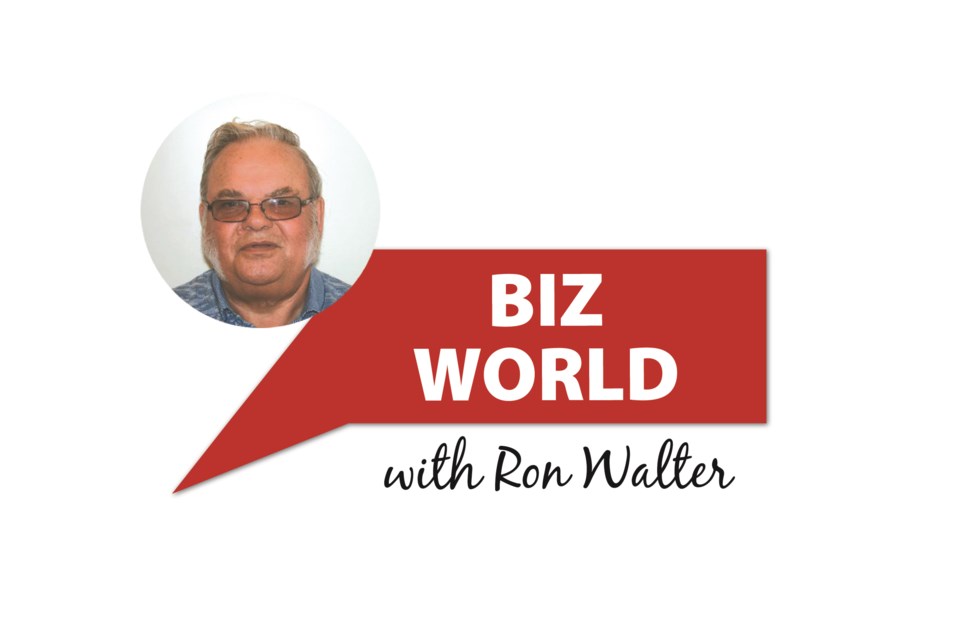In the newsroom one day over 30 years ago when I worked at the Times Herald, Yours Truly was reading the paper when I spotted an ad for a community bond presentation to raise money for a tractor/implement hitch venture called Power Pin. I decided to write a story.
The community bond program was a Devine government policy to kick-start rural development by guaranteeing the principal of locally-raised bond funds for 10 years if they financed new business ventures.
I took a photo and wrote the story. The hitch had won many awards and I was intrigued by this simple idea to make the hitch safer and the hitching process more convenient.
A few days later I phoned to invest the minimum $1,000 in Power Pin. Founder Brian Olson was happy to accept my money and said my story had helped to achieve the minimum $225,000 goal for the community bond corporation.
By 1993, the Belle Plaine Community Bond Corporation was the main factor in Power Pin financing.
A few days ago, the shareholders approved sale of the company. The price and dividends over 30 years provided an annualized return just over nine per cent.
The story of Power Pin is a classic new business case, a story of one man’s persistence.
The aim was to get the Power Pin hitch on the 125,000 tractors made every year.
Getting there involved hard slogging and patience.
Olson put hundreds of thousands of miles on his truck attending countless trade shows, signing up dealers and travelling to convince engineers and executives to adopt the hitch.
Business was slow developing. The first break-through was acceptance as an aftermarket accessory on existing tractors.
The community bond corporation ran into a hitch as the 2003 date for redemption/conversion of bonds into shares of Power Pin approached.
A number of bond holders didn’t want shares.
Conversion meant losing guaranteed principal and there was no way Power Pin could afford to redeem bonds or pay dividends.
Under chairman Daryl Rumble, the board found new and old investors to acquire the bonds.
Power Pin continued with no dividends on shares for the next 10 years. A contract with John Deere opened viable revenues and other tractor manufacturers adopted the hitch.
Power Pin has become the standard for tractor drawbars and number one implement hitch manufacturer in North America, having exported $160 million of product.
At the meeting approving the sale, Olson thanked shareholders for their support and for never complaining during the 10-year drought of no dividends.
The former Gull Lake farmer, who invented the hitch in the 1980s confessed, “I didn't have a clue about what I was doing.
“I thought I’d go to John Deere, get a million bucks and that was it.’’
Instead he struggled to convince tractor makers the product was worthy enough to adopt.
Swift Current-based 3S Group bought Power Pin and plans to continue operations with the 10 employees at the Fort Qu’Appelle location.
The new Power Pin owner has six facilities building agriculture related products including flexible harrows, aeration systems, springs, and components, design and marketing services.
The 77-year-old company, formerly Rem Manufacturing, is number one in North America in several of its products.
Ron Walter can be reached at [email protected]
The views and opinions expressed in this article are those of the author, and do not necessarily reflect the position of this publication.




